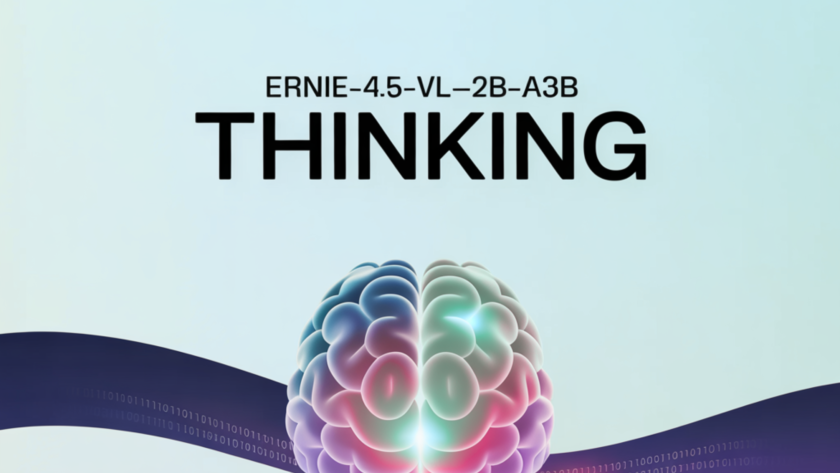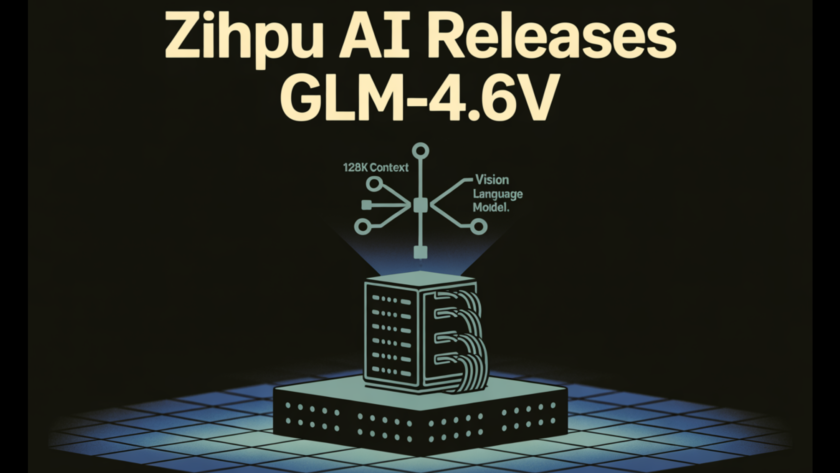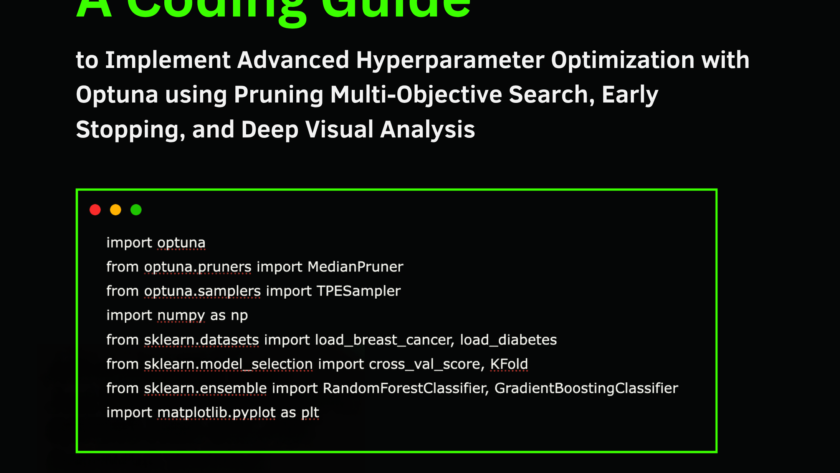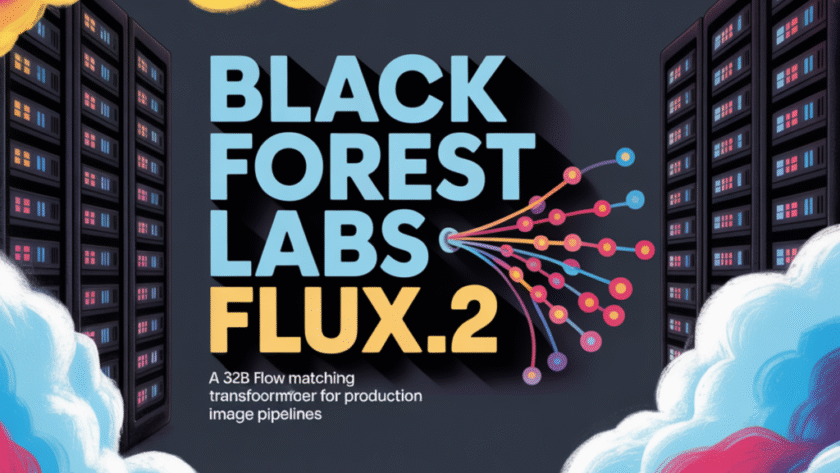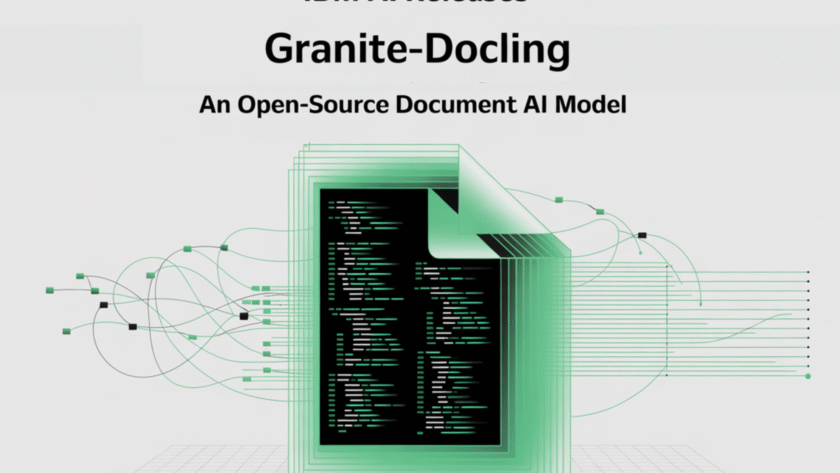How can we get large model level multimodal reasoning for documents, charts and videos while running only a 3B class model in production? Baidu has added a new model to the ERNIE-4.5 open source family. ERNIE-4.5-VL-28B-A3B-Thinking is a vision language model that focuses on document, chart and video understanding with a small active parameter budget.…
